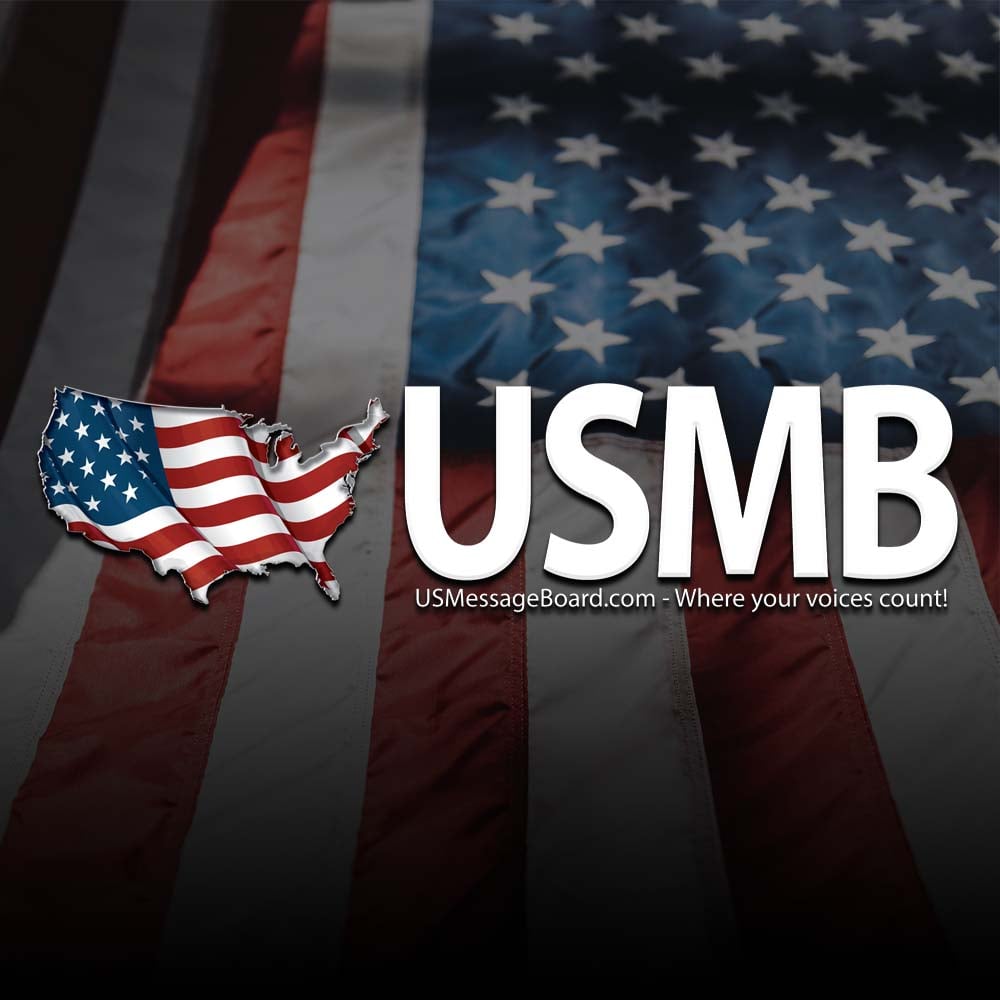Vrenn
Platinum Member
- Feb 24, 2021
- 8,656
- 4,565
- 938
The P-63 was an enlarged version of the P-39. It came out exactly the time that the P-51B/C came out. In a flyoff, both fighters had pros and cons.
top Speed goes to the P-51 at 437 with it's supercharged Merlin putting out 1590 hp. The P-63 top speed was 410 with an Allison normal air breathing engine at 1800 hp. The AAF specified that the P-63 was not to receive a supercharger where it could complete at a higher altitude. That was carried over from the P-39.
P-51 range (without drop tanks) was 951 miles while the P-63s range was 450.
P-51 ceiling was 41900 while the P-63 was 42979
Armament
P-51D 6 50 Cal MGs
P-63 1 37mm nose mounted gun and 4 50 cals.
Cost per unit
p-63A 48,000
P-51B/C 50,000
Outside of the munitions, it appears that the P-51 is the clear winner. But is it? It appears that the War Department didn't quite tell the truth on the P-61. While the P-51B had a top speed of 422, the actual top speed of the P-63 was 433. And if you compare the weights and power between the two, the P-63 had to have a higher climb rate.
So in order to not accept the P63 in large numbers into the AAC, they needed to fudge a bit. But here is the real reason. RANGE. Since the P-63A was very close to the performance of the P-51B or even the D, the real reason is, it's internal fuel load was much less and most P-63 Enthusiasts point out the total range, it's with two external fuel tanks which would only allow it to about 1200 miles versus about 450 with just internals. The P-51 had a range of about 975 miles on internal tanks. This deficiency could have been taken care of but they had already decided to go with the P-51B. The same thinking kept the P-38 from reaching it's potential by changing out to a 4 bladed paddle prop so it could use more than 1500 hp (it's engines had 1875 hp).
What gave the P-63 a saving grace was that the ground attack of the P-39 was so good that nothing could withstand the 37mm nose cannon and it carried just enough on the racks for a decent ground attack. So on the lend/lease program over 3600 P-63As were sent to the Soviet Union. Oh, and in a dogfight at under 20K, the P-63 outperformed the P-51 so it also gave the Soviets the ability to defeat the Luftwaffe.
top Speed goes to the P-51 at 437 with it's supercharged Merlin putting out 1590 hp. The P-63 top speed was 410 with an Allison normal air breathing engine at 1800 hp. The AAF specified that the P-63 was not to receive a supercharger where it could complete at a higher altitude. That was carried over from the P-39.
P-51 range (without drop tanks) was 951 miles while the P-63s range was 450.
P-51 ceiling was 41900 while the P-63 was 42979
Armament
P-51D 6 50 Cal MGs
P-63 1 37mm nose mounted gun and 4 50 cals.
Cost per unit
p-63A 48,000
P-51B/C 50,000
Outside of the munitions, it appears that the P-51 is the clear winner. But is it? It appears that the War Department didn't quite tell the truth on the P-61. While the P-51B had a top speed of 422, the actual top speed of the P-63 was 433. And if you compare the weights and power between the two, the P-63 had to have a higher climb rate.
So in order to not accept the P63 in large numbers into the AAC, they needed to fudge a bit. But here is the real reason. RANGE. Since the P-63A was very close to the performance of the P-51B or even the D, the real reason is, it's internal fuel load was much less and most P-63 Enthusiasts point out the total range, it's with two external fuel tanks which would only allow it to about 1200 miles versus about 450 with just internals. The P-51 had a range of about 975 miles on internal tanks. This deficiency could have been taken care of but they had already decided to go with the P-51B. The same thinking kept the P-38 from reaching it's potential by changing out to a 4 bladed paddle prop so it could use more than 1500 hp (it's engines had 1875 hp).
What gave the P-63 a saving grace was that the ground attack of the P-39 was so good that nothing could withstand the 37mm nose cannon and it carried just enough on the racks for a decent ground attack. So on the lend/lease program over 3600 P-63As were sent to the Soviet Union. Oh, and in a dogfight at under 20K, the P-63 outperformed the P-51 so it also gave the Soviets the ability to defeat the Luftwaffe.





